Gjirokastra Castle dominates the city. It strategically overlooks an important road along the river valley!
In the city of museums and cobblestones, also known as the birthplace of the communist dictator Enver Hoxha, on a hill that is 336 meters above the sea, and overlooking the picturesque town of Gjirokastër and the entire river valley, you will come across a monument of centuries-old history and resilience: Gjirokastër Castle.

Gjirokaster Fortress Photo: Leeturtle, CC BY-SA 4.0
Although archaeologists believe that this particular castle and its walls were built much earlier, sometime in the 4th century BC, and that it was built for the needs of rich families for protection from war after the fall of Hadrianopolis, the city of ancient Epirus, according to the records of J. Kantakuzeni, it was first mentioned 1336 as Argyrokastron during the rebellion of the Arberi people against the Byzantine Empire.
It is believed to have received its name after a princess who jumped from a cliff with her little child to escape from the Ottomans.
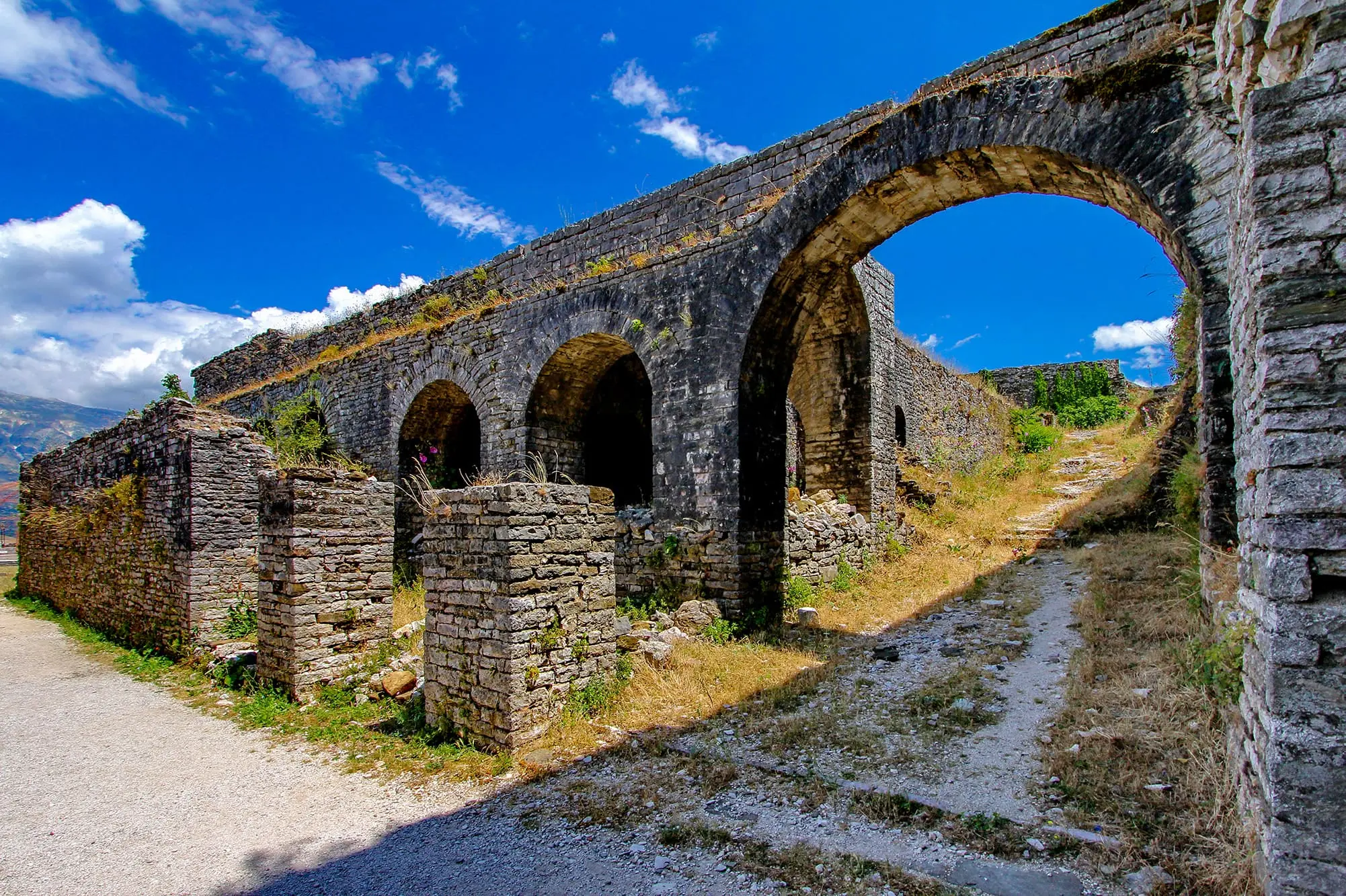
Gjirokaster Fortress, Photo: ShkelzenRexha, CC BY-SA 4.0
Throughout the years, Gjirokastër Castle witnessed numerous transformations and has played a pivotal role in the region’s tumultuous history. Strategically positioned along key routes, the castle has been wanted by various powers throughout the centuries, including the Byzantines, the Ottoman Empire, and the Kingdom of Albania.
When the Ottoman Empire overtook the city and the castle in 1419, it became a shelter and an administrative center. They added a mosque, a prison, and residential quarters through that period, its walls were strengthened, and its strategic importance heightened.
When Ali Pasha Tepelena overtook the castle, it was expanded to its current size, to which 7 towers and the famous clock tower were added.
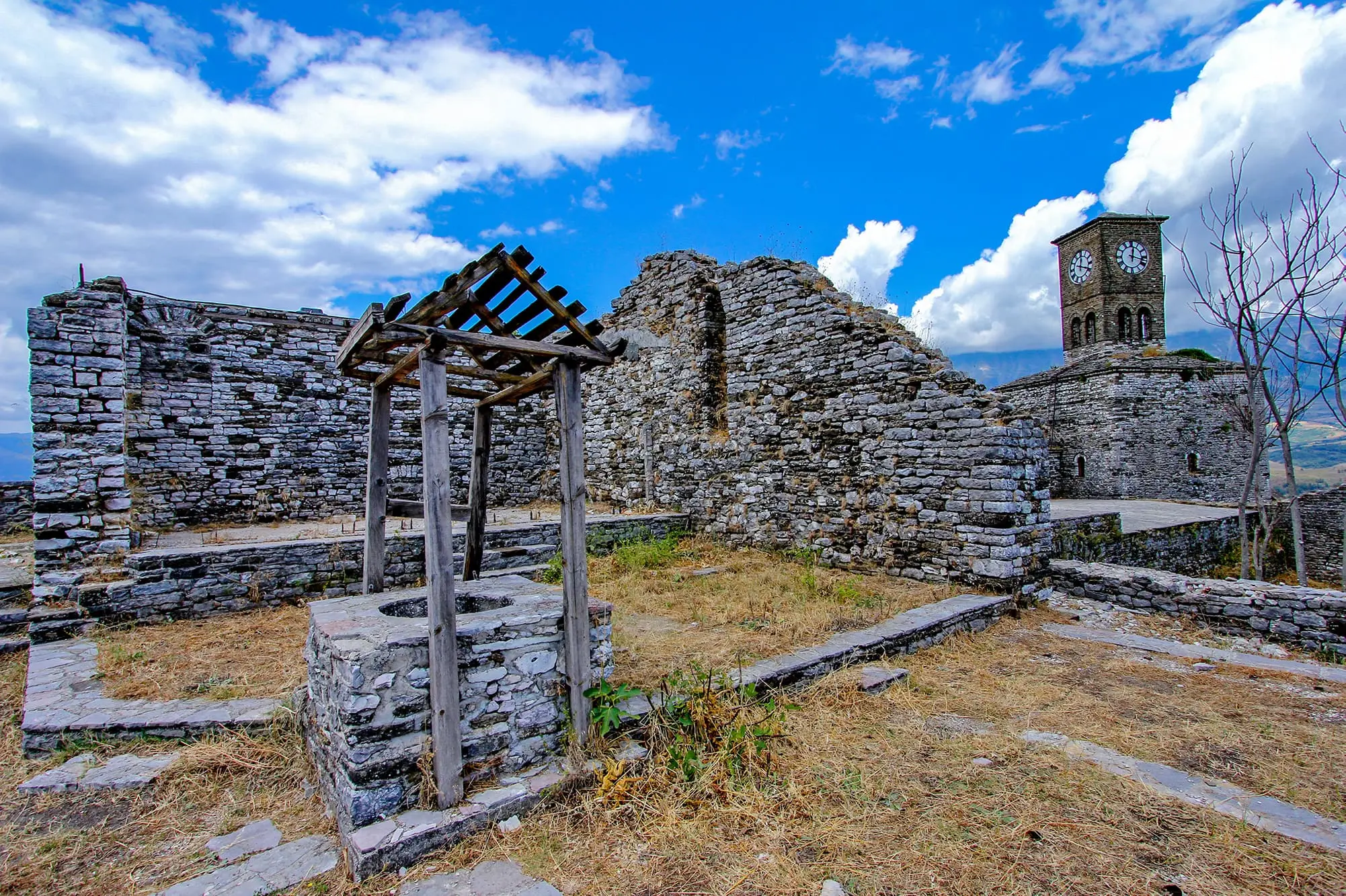
Gjirokaster Fortress, Photo: ShkelzenRexha, CC BY-SA 4.0
During the 20th century, Gjirokastër Castle played a role in Albania’s struggle for independence and later, during World War II, against foreign occupation.
It also served as a political prison during the communist times. Now it is turned into a beautiful museum showcasing historical and archaeological objects explaining the history of Gjirokastra and the region.
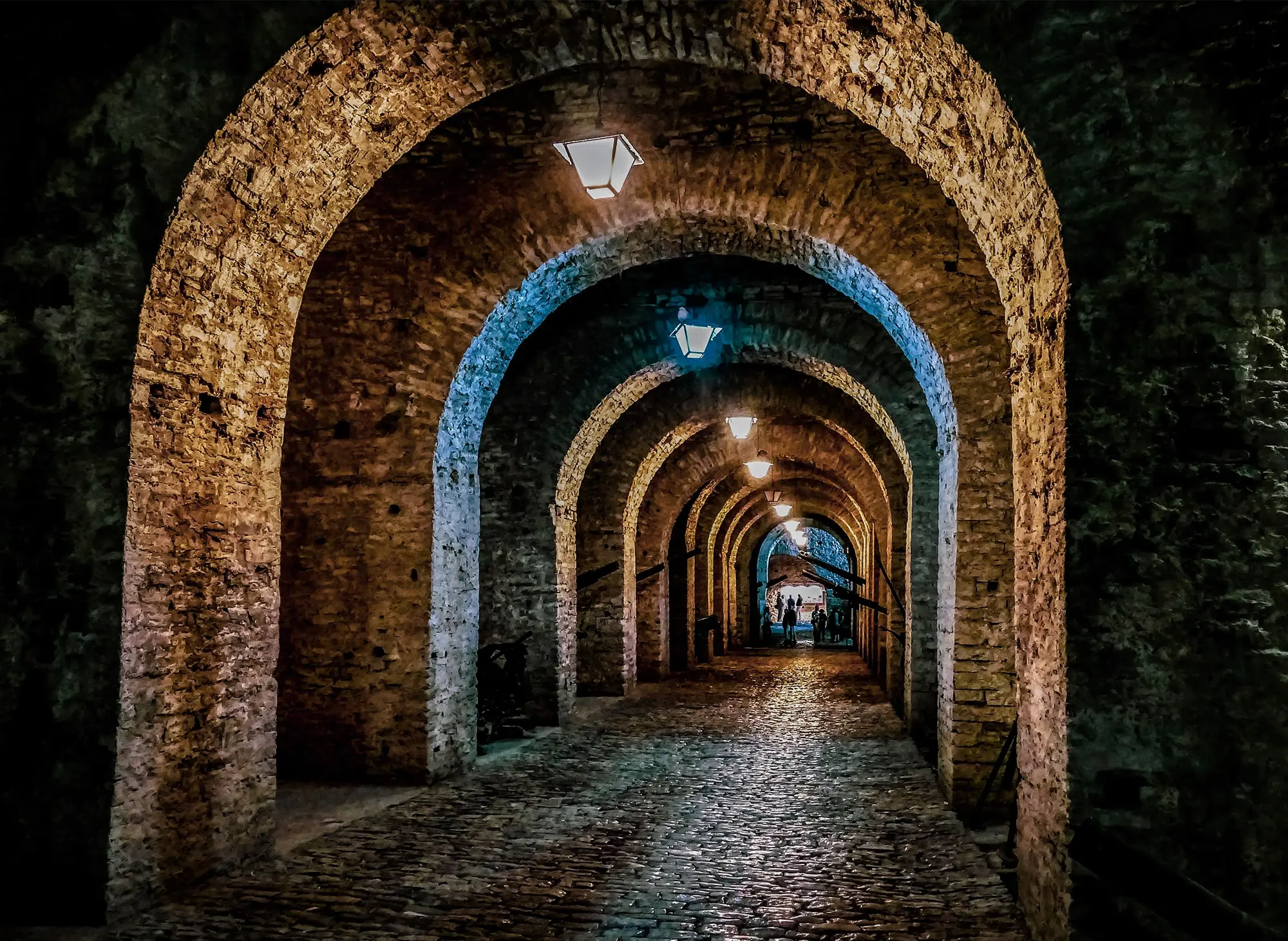
Gjirokaster Fortress, Photo: Pixabay
Besides attracting visitors from all around the world, Gjirokastër Castle stands as a UNESCO World Heritage Site for its architectural splendor and rich history. The castle’s labyrinthine corridors, imposing towers, and panoramic views offer a glimpse into Albania’s past.
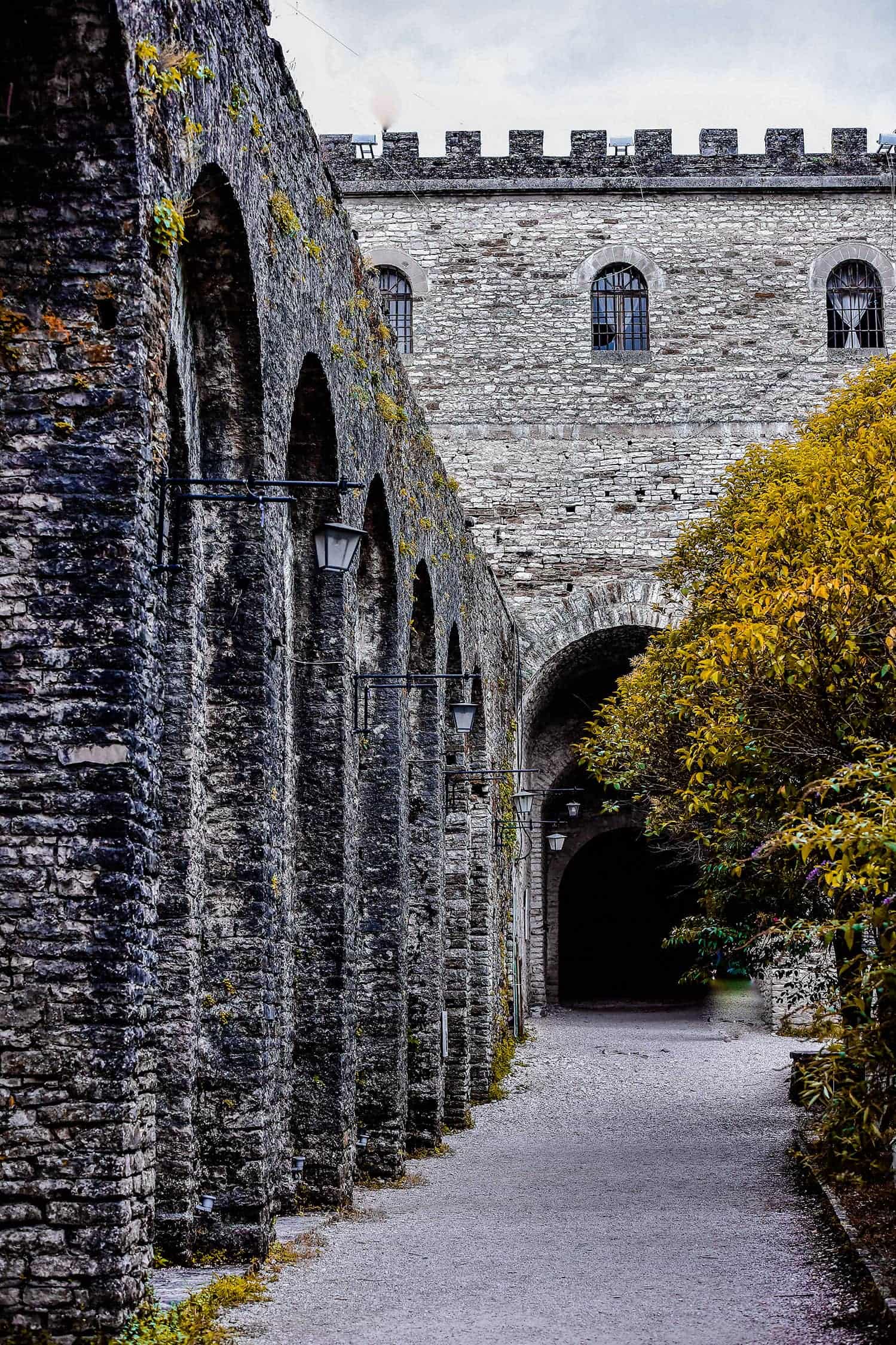
Gjirokaster Fortress, Photo: Gashi Bujar, CC BY-SA 4.0
Inside the walls, in addition to the main museum, you must visit the museum of confiscated weapons and the American plane, the festival stage used for music and dance performances during the Gjirokastra Folk Festival, the tunnel from the time of the Cold War, which is located under the castle, and Bektashi Tomb.
The entrance fee is 400 lek or 4 euros.

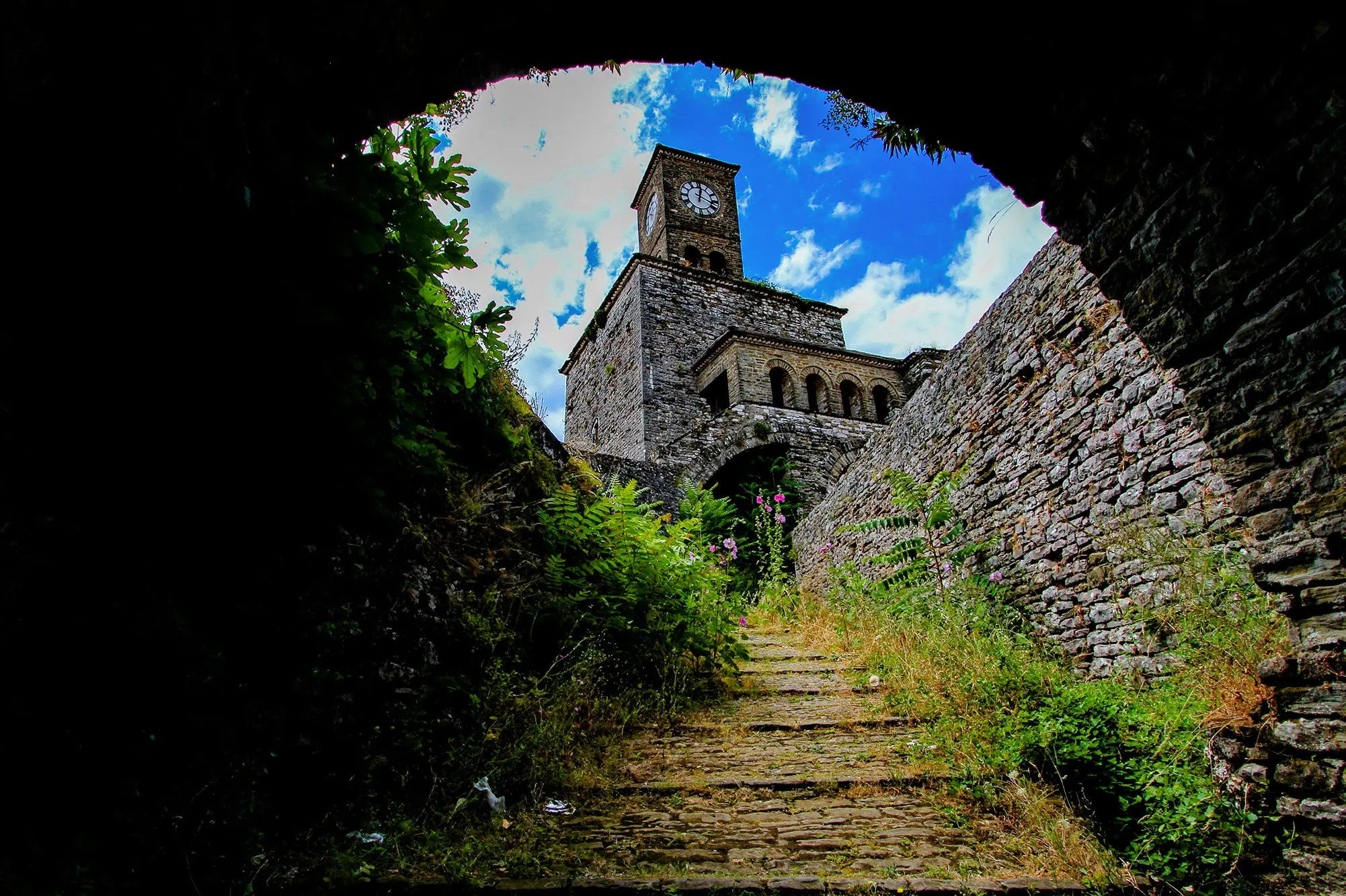
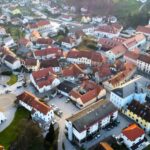

Leave a Reply